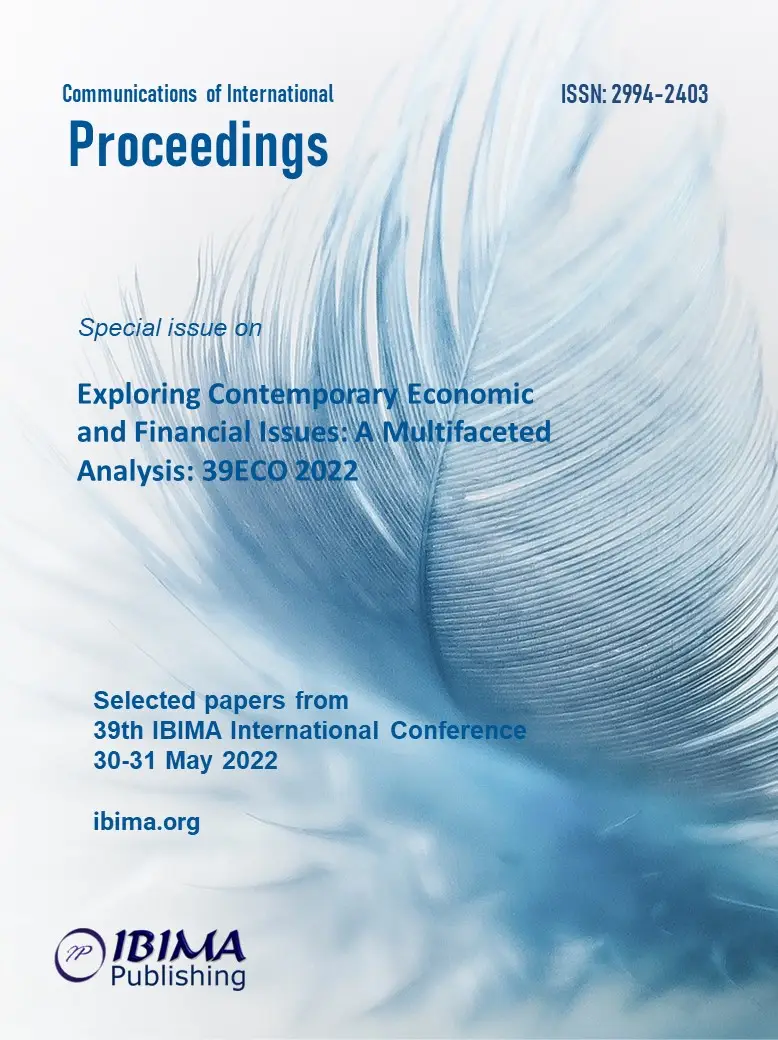
Ferenc SZILÁGYI and Tibor ELEKES
Partium Christian University, Oradea, Romania
University of Miskolc, Miskolc, Hungary

The characteristics of the spatial structure of three of Romania’s north-western counties were determined by historical, social and natural features. This economic boundary was secured by the railway constructions in the 19. century and this – due to its strategic importance – acquired a significant role in the determination of the state border at Trianon. For strategic reasons this railway attached the border to itself, which in the long run resulted in the limitation of the previous relations system, road closures, the development of artificial dead-end settlements, and a new border periphery. During the 20th century, due to the listed reasons, the spatial structure changed in some sections of the border region. The regional specificity of the border region is that its favourable infrastructural features (partly as a legacy of the past) make it stand out from the line of the peripheries, however based on the economic performance of the local authorities, the region can be classified as a lagging area.
The present research is concerned with the questions whether the social, economic, and municipal management indicators of the local authorities and the core documents of the Romanian territorial development support the intact existence of the classic spatial structure conditions of the three northwest-Romanian counties (Bihor, Satu Mare, Sălaj) in the present day, and whether it is possible to demonstrate the development of the new lane of border periphery from local authority level data.